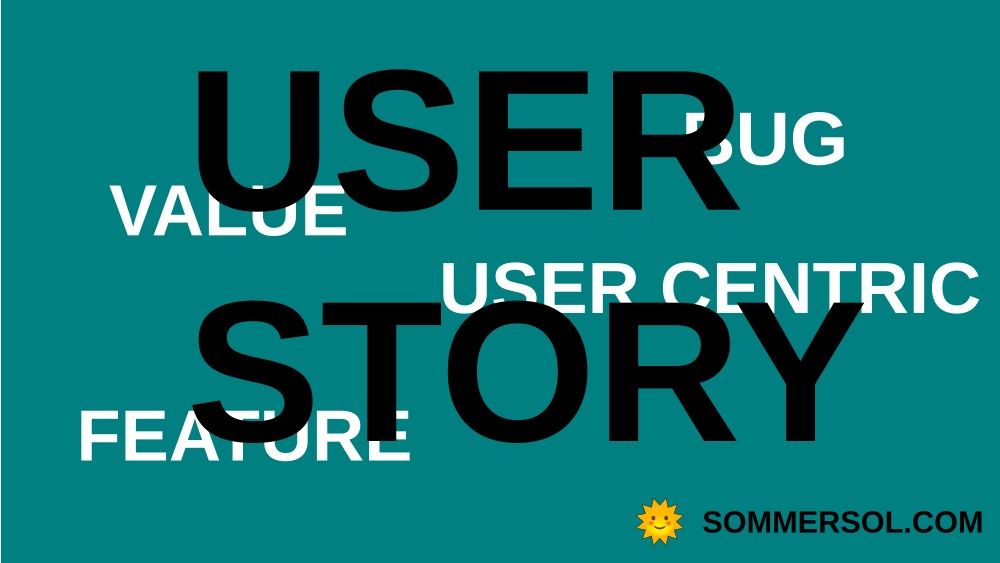
Outcome-Driven Feature Prioritization for Agile Teams | Alfa Sommersol
Learn how focusing on business outcomes instead of features can lead to better decision-making, faster delivery, and more value for your customers.

03.08.2023
Alfa Sommersol
In a captivating experiment, Kindergarteners accomplished what CEOs, Lawyers, and MBA students couldn't by using one simple strategy. This experiment holds valuable insights for agile practitioners seeking to enhance creativity and collaboration within their teams.
Picture: Marshmello @ VELD 2016 The Come Up Show, CC BY 2.0, via Wikimedia Commons
The participants were given a challenging task: build the tallest tower using the following materials:
The outcomes of the experiment, based on multiple trials conducted across various locations, were astounding:
To understand why this stark difference occurred, let's examine the actions of the MBA students compared to the Kindergarteners.
The MBA students approached the task with strategic thinking and discussion. They shared ideas, asked smart questions, generated options, picked a strategy, divided tasks, and began building.
In contrast, the Kindergarteners didn't engage in strategy discussions. They swiftly grabbed the materials and started building. They created multiple iterations, communicating in short bursts of phrases like "Here! No. Here!"
While the MBA students and other adult groups appeared to cooperate, psychologists observing the experiment uncovered a different phenomenon: Status Management.
Status management is the unconscious process of scanning and negotiating hierarchies, roles, and responsibilities within a group. Evolutionary psychologists argue that this behavior is innate, as ensuring our belongingness in a group is crucial for our safety. Until our status is established within a group, our brains are partially occupied with this task, limiting our creative capacities.
The Kindergarteners, on the other hand, didn't waste energy on status management. They wholeheartedly embraced experimentation. When something failed, they immediately tried something new. They worked energetically together, leveraging the power of collaboration. The Kindergarteners weren't inherently smarter; they simply worked in a smarter way.
As the new week begins, remember these lessons:
The Marshmallow Challenge is a popular team-building activity designed to foster collaboration and innovation within teams. Developed by Tom Wujec, this challenge has been conducted with numerous groups worldwide. The goal is to build the tallest freestanding structure within eighteen minutes using 20 sticks of spaghetti, one yard of tape, one yard of string, and one marshmallow placed on top.
After the time is up, ask everyone to sit down and measure the structures to determine the winning team.
The debriefing session is an essential part of the Marshmallow Challenge, providing an opportunity to reflect on the experience and extract valuable insights. Use the following questions as prompts for discussion:
Personal Reflection:
Sharing Within the Team:
Triad Discussions:
By reflecting on the Marshmallow Challenge and discussing these questions, teams can gain insights into teamwork, collaboration, and innovation, fostering continuous improvement in their agile practices.
Remember, the power of experimentation lies within each of us. Embrace the spirit of a Kindergartener, focus on collaboration, and let the creative potential of your team flourish.
Now, it's time to unlock new possibilities and transform the way you work. Let the journey begin!
Watch Tom Wujec's TED Talk "Build a Tower, Build a Team" for more inspiration and insights

Learn how focusing on business outcomes instead of features can lead to better decision-making, faster delivery, and more value for your customers.

Learn how to write user stories and prioritize them effectively in agile development, including templates for feature requests and bug reports.

This guide provides valuable insights and tips for anyone interested in understanding the role of a Scrum Master.